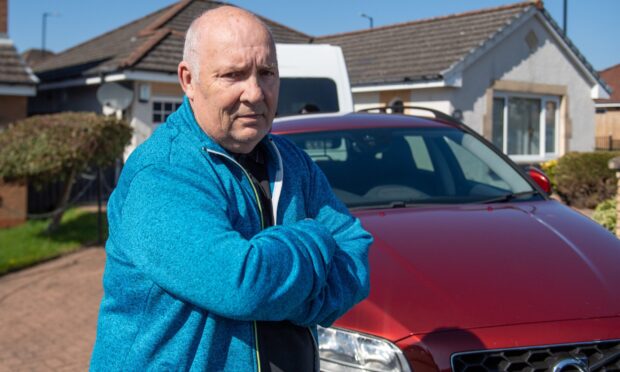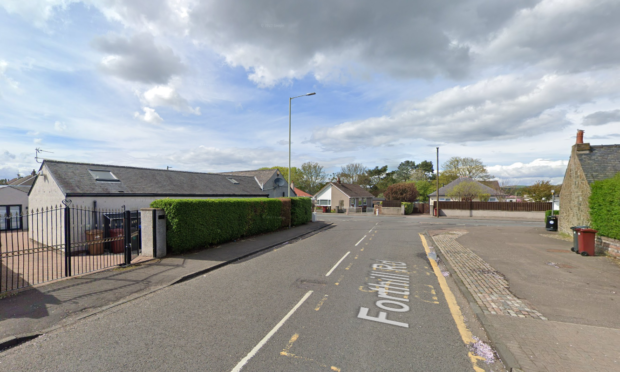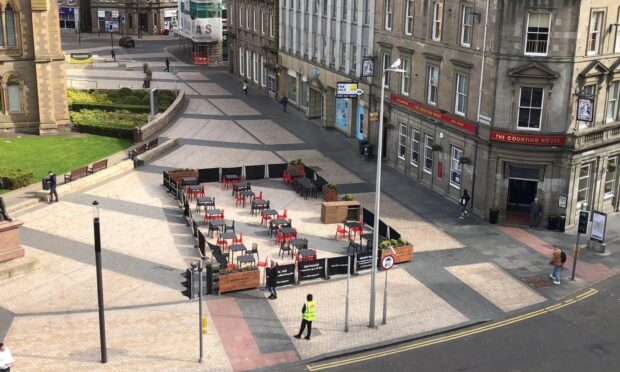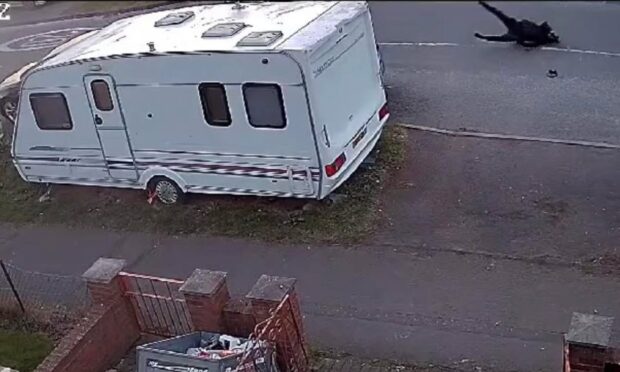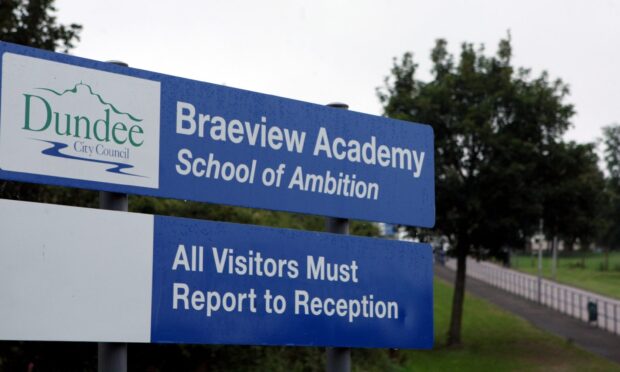New Zealand has been named as one of the potential new models for an independent Scotland even though it’s like comparing apples and feijoas in reality.
According to reports over the past week, First Minister Nicola Sturgeon’s Growth Commission – tasked with finding a new economic argument for independence after the White Paper failed to win over enough voters – Kiwiland is one of 12 “smaller” nations being looked at for possible inspiration.
On the face of it, that’s a fine idea. The two countries have similar populations and New Zealand was forced to go it alone in the 1970s after the UK joined the EU, closing its biggest market for exports.
And who does’t love New Zealand, what with their rugby, their accents and their laidback lifestyles? Even better, unlike its relatively-near Antipodean neighbour Australia, every second animal isn’t capable of killing you in a nightmarishly agonising way.
In fact, my wife – from Palmerston North – believes New Zealand should be the model for every country everywhere.
But, and I say this at the risk of divorce, New Zealand is not paradise.
While its economy may be growing faster than Scotland’s, it also has a much smaller welfare state.
In Scotland, many independence supporters proudly trumpet the fact that there are no tuition fees but that’s not the case in New Zealand, where education costs tens of thousands of dollars.
It also costs money to visit the doctor, get a prescription or many of the other things we take for granted.
And while one in four Scottish children are said to live in poverty, in New Zealand it’s an even more appalling one in three.
New Zealanders are also, thanks largely to Peter Jackson, fond of Hobbits to a ridiculous degree.
Until there’s a clear financial benefit to a majority of voters, the economic arguments for independence are unlikely to shift many from No to Yes, no matter which far-flung country is the inspiration.
What will do a better job, however, is the UK Government itself. After 10 years of austerity, the cuts keep coming and there is little prospect of respite any time soon.
Broken promises don’t help either. Staff at Dundee’s HMRC centre at Sidlaw House were told they would be transferred en masse to the DWP over the next three years.
Now, that promise has been almost casually tossed aside.
Staff, already unsettled by the prospect of changing roles, have been told there is no guarantee of work once their work on tax credits ends. It’s a dismal way to treat people.
The HMRC says it wants to retain skills but as the nearest office to Dundee is in Edinburgh, it’s questionable how many staff will be able to take up any roles there, if indeed any opportunities arise.
The centre has a relatively high turnover of staff but even if every single worker finds new employment before 2021, the feeling of being let down, or being treated with absolute disdain is unlikely to be forgotten.
And it might even make New Zealand a more appealing destination.

